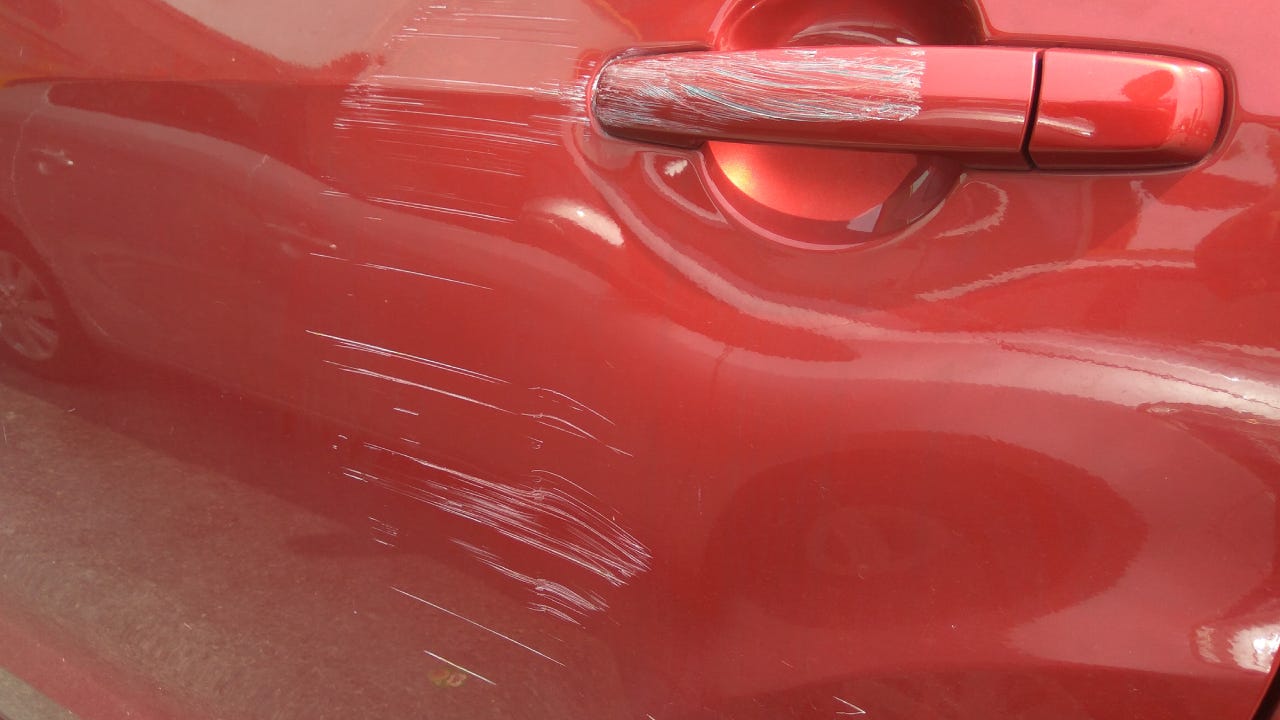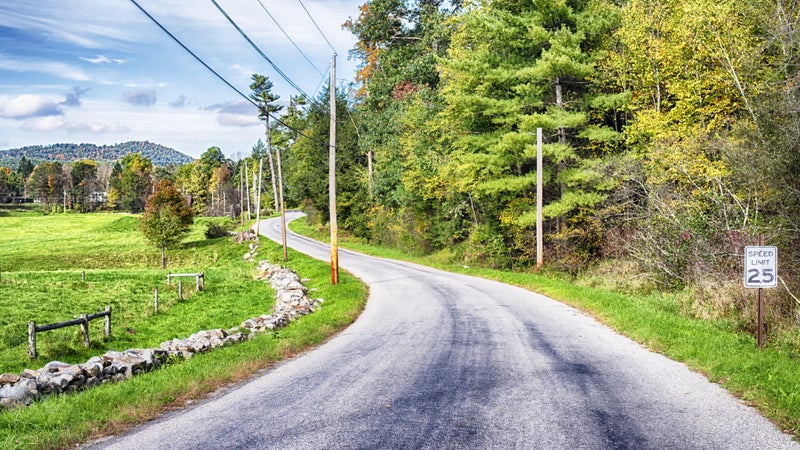What to do after a hit-and-run in Connecticut

The Bankrate promise
At Bankrate, we strive to help you make smarter financial decisions. To help readers understand how insurance affects their finances, we have licensed insurance professionals on staff who have spent a combined 47 years in the auto, home and life insurance industries. While we adhere to strict , this post may contain references to products from our partners. Here's an explanation of . Our content is backed by Coverage.com, LLC, a licensed entity (NPN: 19966249). For more information, please see our .
Key takeaways
- Hit-and-run accidents make up 11 percent of all car accidents, according to AAA.
- Drivers convicted of a hit-and-run in Connecticut could face fines and even prison time.
- Connecticut hit-and-run drivers may see their car insurance premiums rise substantially or may face the non-renewal of their policies.
An accident is considered a hit-and-run when one of the parties involved does not stay at the scene of the accident to exchange information with the other driver or with emergency responders—which is illegal in Connecticut. It’s also considered a hit-and-run when a driver hits a stationary object and leaves the scene without contacting the owner. A hit-and-run in Connecticut can be a serious situation, and it is a good idea to know what you should do in case you are involved in one.
Hit-and-runs in Connecticut
A hit-and-run is when a driver fails to stop and provide insurance information after an accident. Nationally, approximately 11 percent of all car accidents are hit-and-runs. Between 2006 and 2016, Connecticut recorded 148 hit-and-runs that resulted in at least one fatality. Even when a fatality does not occur, Connecticut has strict penalties for those convicted of a hit-and-run.
Connecticut hit-and-run laws
Connecticut law makes it illegal to drive off from the scene of an accident without exchanging contact information and insurance details. Depending on the accident, the driver may be charged with either a misdemeanor or felony under Connecticut hit-and-run laws.
Drivers convicted of a hit-and-run where only property damage occurs may face a fine of up to $600 (or $1,000 for a subsequent offense) and up to one year in prison. If you’re convicted of a hit-and-run incident where death or serious injury occurs, you could face a fine of up to $20,000 and 20 years in prison.
How do hit-and-runs impact car insurance rates in Connecticut?
If you have a hit-and-run conviction on your record, you will likely see your insurance premiums increase and may even be classified as a high-risk driver. In some cases, insurance companies may choose to non-renew policies for drivers convicted of a hit-and-run. Additionally, if you are the at-fault driver in a hit-and-run in CT, a judge may order you to file an SR-22 with the state. This form will prove to the state that you are carrying an insurance policy that meets or exceeds the state minimum limits.
Unfortunately, even if you are not the at-fault driver, you may see your insurance premiums increase if you choose to file a claim with your insurance company for the damages.
5 things to do after a hit-and-run in Connecticut
Being the victim of a hit-and-run can be stressful, so knowing how to respond before the incident happens may help you feel more in control. Below are five steps you could consider taking if you’ve been involved in a Connecticut hit-and-run.
- If anyone is hurt, call 911: The first thing you should do after a hit-and-run is make sure everyone is safe and injury-free. If need be, call 911 for medical attention.
- Move your car out of harm’s way: If your vehicle is drivable and you can do so safely, move to the shoulder or a nearby parking lot so you are out of the flow of traffic. This may help prevent further accidents.
- File a police report: If you’ve already called for medical assistance, the police may also be on their way. However, even if there are no injuries, calling the police and filing a report may help law enforcement track down the at-fault party.
- Take pictures: When you and your car are safely removed from traffic, take pictures of any damage your car sustained from the accident. Photos can be helpful during an insurance claim.
- File a claim with your auto insurance provider: If you want to file a claim on your own insurance for the damage or medical expenses caused in the hit-and-run, you’ll need to contact your insurance company. Your insurer may ask for any evidence you have as well as the police report from the incident.
Will insurance cover a hit-and-run?
While actual hit-and-run insurance does not exist, there are types of coverage that may help you in the event of a hit-and-run.
- Collision: Collision coverage is part of a full coverage policy designed to pay for damages to your car, regardless of fault.
- Medical payments: This optional coverage may pay for the medical costs of you and your passengers, up to your policy limit, regardless of fault.
- Uninsured and underinsured motorist: These coverage types are required in Connecticut and may help pay for your medical bills if the other driver was found and does not have insurance or does not have enough insurance for your damages.
If you are unsure about the coverage you have or about what types of coverage options your insurance provider offers, it may be helpful to speak with an agent.
Frequently asked questions
-
-
Connecticut hit-and-run laws differentiate between property damage and injuries to people. If death or serious injury results from the accident, it may be classified as a felony. However, if no one is harmed or injuries are slight, it is typically treated as a misdemeanor. Unlike some states, Connecticut does not specify an amount of property damage that could classify the incident as a felony.
-
That may depend on whether you are the victim or the perpetrator of a hit-and-run accident. If you’re at-fault in an accident in which you left the scene, it is likely that you will see an increase in your insurance rates. In some cases, you may even need to shop for a new policy if your insurer is not willing to renew your policy after your conviction or look for a high-risk insurance policy. Even if you are only the victim of a hit-and-run accident, your premium may increase if you file a claim against your own policy. It depends on your insurer and policy details. If you have accident forgiveness, this may kick in to protect you from a premium increase.
-
No, there is no separate hit-and-run deductible on standard vehicle insurance policies. However, you may end up paying a deductible if you file a claim for damage to your car through your collision coverage, which is part of a full coverage insurance policy. While full coverage insurance is optional in Connecticut, many drivers choose to include it in their car insurance policies for added protection for their vehicles. Collision and comprehensive insurance, which make up a full coverage policy, carry a deductible that you choose when you purchase the policy, often somewhere between $250 and $1,000.
-

